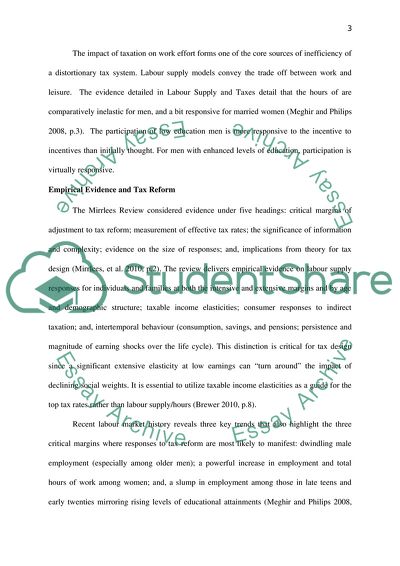Cite this document
(“Taxation Essay Example | Topics and Well Written Essays - 2750 words”, n.d.)
Taxation Essay Example | Topics and Well Written Essays - 2750 words. Retrieved from https://studentshare.org/finance-accounting/1615097-taxation
Taxation Essay Example | Topics and Well Written Essays - 2750 words. Retrieved from https://studentshare.org/finance-accounting/1615097-taxation
(Taxation Essay Example | Topics and Well Written Essays - 2750 Words)
Taxation Essay Example | Topics and Well Written Essays - 2750 Words. https://studentshare.org/finance-accounting/1615097-taxation.
Taxation Essay Example | Topics and Well Written Essays - 2750 Words. https://studentshare.org/finance-accounting/1615097-taxation.
“Taxation Essay Example | Topics and Well Written Essays - 2750 Words”, n.d. https://studentshare.org/finance-accounting/1615097-taxation.


